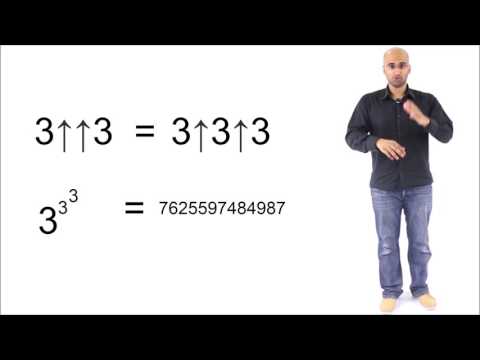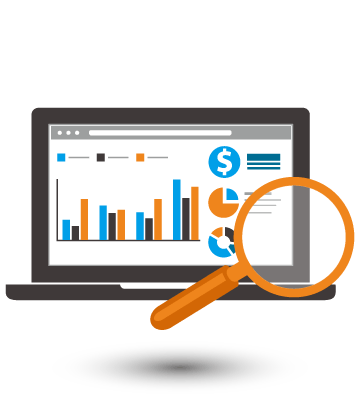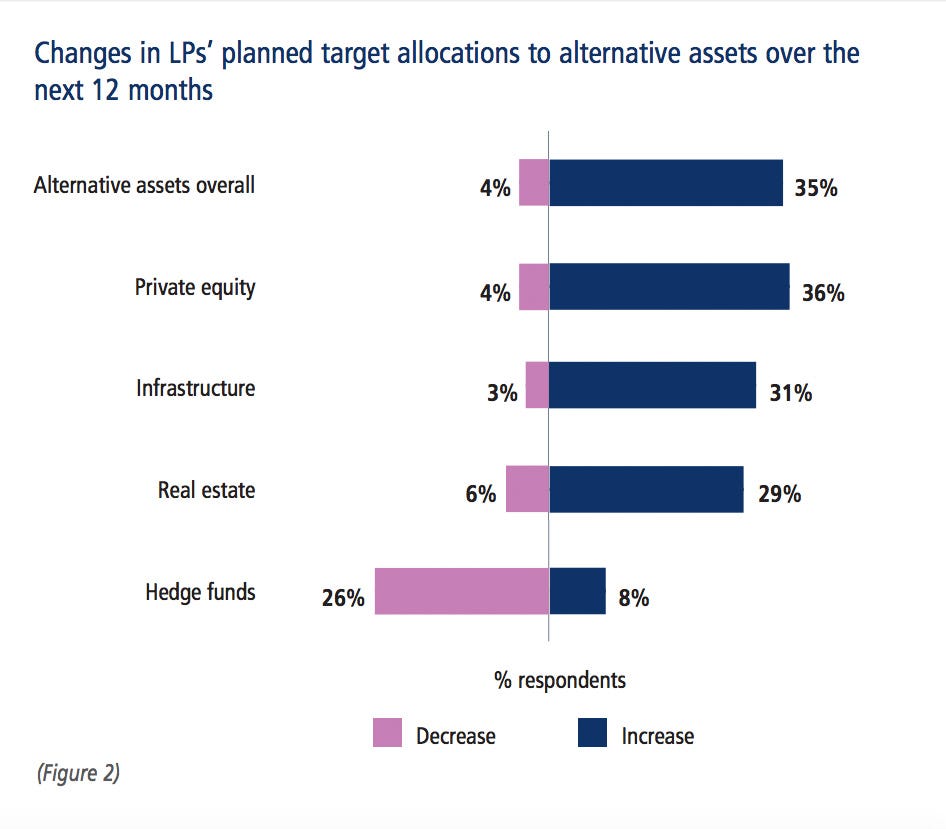Content

This percentage is then multiplied by the depreciable cost of the asset, which is the original cost minus the estimated salvage value. Finally, depreciation is not intended to reduce the cost of a fixed asset to its market value. Market value may be substantially different, and may even increase over time. Instead, depreciation is merely intended to gradually charge the cost of a fixed asset to expense over its useful life. As long as the asset is in use, its cost is recorded in the asset account rather than being deducted from the asset’s value at the end of an accounting year. Depreciation has a substantial impact on a company’s financial situation and operating outcomes, which are measured and presented in a variety of ways.
- The account Accumulated Depreciation is a balance sheet account and therefore its balance is not closed at the end of the year.
- These include purchasing construction materials, wages for workers, engineering, etc.
- For all fixed assets apart from land, their worth begins to decline once they have been purchased.
- In accounting, depreciation is the process of allocating the cost of an item over its anticipated useful life.
- However, the declining balance method may not provide a consistent and predictable depreciation expense over the useful life of the asset, and it may not accurately reflect the actual decrease in the value of the asset.
Over time, the accumulated depreciation balance will continue to increase as more depreciation is added to it, until such time as it equals the original cost of the asset. At that time, stop recording any depreciation expense, since the cost of the asset has now been reduced to zero. In each accounting period, a predetermined portion of a company’s fixed assets is transferred through the adjusting entry for depreciation from the fixed assets to depreciation expense. All fixed assets such as buildings, furniture, machinery, equipment, fixtures, and vehicles depreciate over time with use and therefore, require an adjusting entry for depreciation.
Transform your order-to-cash cycle and speed up your cash application process by instantly matching and accurately applying customer payments to customer invoices in your ERP. Depreciation charges journal entries of depreciation are a way of spreading the cost of a capital/fixed asset over its useful life. When an asset is purchased, any expenses incurred on the purchase of the asset (except for goods) increase its cost.
Example: Depreciation
A daily cash flow summary is useful for businesses to monitor their cash and identify any potential cash flow problems before they become critical. It can help businesses to make informed decisions about managing their cash flow, such as prioritizing payments or reducing expenses, and to take corrective action when necessary. One of the advantages of the straight-line method is that it is easy to understand and apply. Additionally, it provides a consistent and predictable depreciation expense over the useful life of the asset, which can be helpful for budgeting and financial forecasting. However, it can indirectly impact cash flow by reducing taxable income and, as a result, lowering the amount of taxes that a company has to pay. This method requires you to assign all depreciated assets to a specific asset category.

Working capital, cash flows, collections opportunities, and other critical metrics depend on timely and accurate processes. Ensure services revenue has been accurately recorded and related payments are reflected properly on the balance sheet. Increase accuracy and efficiency across your account reconciliation process and produce timely and accurate financial statements. Drive accuracy in the financial close by providing a streamlined method to substantiate your balance sheet. The Internal Revenue Service (IRS) requires businesses to record depreciation expenses in their tax returns. The IRS recognizes that some assets lose value over time and, therefore, allows companies to take a tax deduction for this decrease in value.
The depreciation expense is recorded in the income statement in the period in which it is incurred, reflecting the decrease in the asset’s value during that period. The straight-line method is a commonly used method for calculating depreciation, especially for assets that have a predictable useful life. The straight-line method involves dividing the cost of an asset by its useful life to determine the annual depreciation expense. The depreciation expense is calculated by multiplying the original cost of the fixed asset by the percentage of depreciation. For instance, if a company uses the straight-line method of depreciation, it will allocate an equal amount of the cost of the fixed asset to each year of its useful life. The journal entry for depreciation is considered an adjusting entry, which are the entries you’ll make prior to running an adjusted trial balance.
World-class support so you can focus on what matters most.BlackLine provides global product support across geographies, languages, and time zones, 24 hours a day, 7 days a week, 365 days a year. We are here for you with industry-leading support whenever and wherever you need it. F&A teams have embraced their expanding roles, but unprecedented demand for their time coupled with traditional manual processes make it difficult for F&A to execute effectively. Centralize, streamline, and automate end-to-end intercompany operations with global billing, payment, and automated reconciliation capabilities that provide speed and accuracy. Ignite staff efficiency and advance your business to more profitable growth. Automate invoice processing to reduce manual invoicing costs, maintain compliance with e-invoicing regulations, and increase efficiency across your invoice-to-pay process.
The Difference Between Carrying Cost and Market Value
If you’re using the wrong credit or debit card, it could be costing you serious money. Our experts love this top pick, which features a 0% intro APR for 15 months, an insane cash back rate of up to 5%, and all somehow for no annual fee. With this method, your monthly depreciation amount will remain the same throughout the life of the asset. Like double declining, sum-of-the-years is best used with assets that lose more of their value early in their useful life. FloQast’s suite of easy-to-use and quick-to-deploy solutions enhance the way accounting teams already work. Learn how a FloQast partnership will further enhance the value you provide to your clients.
- A daily summary is used for tracking business cash flow in the books, and represents a report or record that provides a snapshot of a business’s financial transactions for a given day.
- BlackLine partners with top global Business Process Outsourcers and equips them with solutions to better serve their clients and achieve market-leading automation, efficiencies, and risk control.
- In each accounting period, part of the cost of certain assets (equipment, building, vehicle, etc.) will be moved from the balance sheet to depreciation expense on the income statement.
- However, it can indirectly impact cash flow by reducing taxable income and, as a result, lowering the amount of taxes that a company has to pay.
- Depreciation and accumulated depreciation shows the current value or book value of the used asset.
F&A leadership can have a significant impact by creating sustainable, scalable processes that can support the business before, during, and long after the IPO. This company-wide effort crosses multiple functional areas and is reinforced by critical project management and a strong technology infrastructure. It’s time to embrace modern accounting technology to save time, reduce risk, and create capacity to focus your time on what matters most. To sustain timely performance of daily activities, banking and financial services organizations are turning to modern accounting and finance practices. Standardize, accelerate, and centrally manage accounting processes – from month-end close tasks to PBC checklists – with hierarchical task lists, role-based workflows, and real-time dashboards. Most businesses will put through a monthly depreciation journal so we will take a further step of dividing the annual charge by 12 to get the monthly amount.
How to Book a Fixed Asset Depreciation Journal Entry
The original cost of the asset or its “basis” reflects all the costs to purchase the asset and put it to use for the business.A business will use one of two depreciation methods. The straight-line method calculates the depreciation at the same rate over time. BlackLine and our ecosystem of software and cloud partners work together to transform our joint customers’ finance and accounting processes. Together, we provide innovative solutions that help F&A teams achieve shorter close cycles and better controls, enabling them to drive better decision-making across the company. BlackLine is a high-growth, SaaS business that is transforming and modernizing the way finance and accounting departments operate.
An updated table is available in Publication 946, How to Depreciate Property. When using MACRS, you can use either straight-line or double-declining method of depreciation. Double declining depreciation is a good method to use when you expect the asset to lose its value earlier rather than later. Compared with the straight-line method, it doubles the amount of depreciation expense you can take in the first year. It keeps your depreciation expense the same for each year in the life of an asset. Managing depreciation can feel overwhelming for inexperienced accountants and bookkeepers.
Welcome to Accounting Education
The path from traditional to modern accounting is different for every organization. BlackLine’s Modern Accounting Playbook delivers a proven-practices approach to help you identify and prioritize your organization’s critical accounting gaps and map out an achievable path to success. Accelerate dispute resolution with automated workflows and maintain customer relationships with operational reporting. Unlock full control and visibility of disputes and provide better insight into how they impact KPIs, such as DSO and aged debt provisions. Once the useful life of the asset has been calculated, working out the journals to be posted for depreciation is a very simple process. The articles and research support materials available on this site are educational and are not intended to be investment or tax advice.

The units of production depreciation method is useful when calculating depreciation for a piece of equipment or machinery whose useful life is based on the number of units it will produce rather than a specific number of years. If you’re using different depreciation methods for your GAAP-basis financials and for tax purposes, you’ll have a book-tax difference for depreciation, which will go into calculating the company’s tax provision. Every company has fixed assets, and you’re probably reading this on one right now. Fixed assets are purchases your company makes that add value to the business and that help your company make money. The written down value method is a tool to evaluate the depreciation in a company’s fixed asset to determine the correct valuation of the asset’s value. Big John’s Pizza, LLC bought a new pizza oven at the beginning of this year for $10,000.
Emma’s 70-person geographically distributed accounting team improved internal controls and streamlined the audit thanks to FloQast.
What are the two effects of depreciation expense on final accounts?
The journal entry is used to record depreciation expenses for a particular accounting period and can be recorded manually into a ledger or in your accounting software application. For example, suppose a business has a piece of machinery with a cost of $50,000, the useful life of five years, and no salvage value. Using the straight-line method, the annual depreciation expense would be $10,000. After two years, the accumulated depreciation account would show a total depreciation expense of $20,000, and the asset account would show a book value of $30,000 ($50,000 cost minus $20,000 accumulated depreciation). The depreciation journal entry significantly impacts a business’s financial statements, affecting both the income statement and the balance sheet.
In each accounting period, part of the cost of certain assets (equipment, building, vehicle, etc.) will be moved from the balance sheet to depreciation expense on the income statement. The goal is to match the cost of the asset to the revenues in the accounting periods in which the asset is being used. Depreciation Journal Entries are a form of accounting that reflects the gradual reduction in value of an asset. It’s a way of spreading out the cost of buying an expensive asset over its useful life. By recording depreciation expenses, businesses can accurately and realistically measure their profits and losses while still keeping track of the physical assets they possess and use. A reduction in the value of tangible fixed assets due to normal usage, wear and tear, new technology or unfavourable market conditions is called Depreciation.

However, the declining balance method may not provide a consistent and predictable depreciation expense over the useful life of the asset, and it may not accurately reflect the actual decrease in the value of the asset. Additionally, the book value may be difficult to determine accurately, which can affect the accuracy of the depreciation calculation. To record a depreciation journal entry, businesses need to calculate the depreciation expense for the asset. Once the annual depreciation expense has been calculated, they can proceed to record the journal entry. The double-decline depreciation method is often used for assets that have a rapid rate of depreciation, especially in their first year of use. Irrespective of the depreciation method a company uses, it is important to make timely adjusting entries for depreciation to ensure that the financial records are correct and up-to-date.
How Do I Calculate Depreciation?
The revenue cycle refers to the entirety of a company’s ordering process from the time an order is placed until an invoice is paid and settled. The inability to apply payments on time and accurately can not only lock up cash, but also negatively impact future sales and the overall customer experience. While you are innovating to produce safe, reliable, and sustainable products and services, our solutions help accounting teams save time, reduce risk, and create capacity to support your organization’s strategic objectives. The SYD method of depreciation is useful because it may provide a more accurate representation of the true decrease in the value of the asset over time. However, it can be more complicated to calculate than the straight-line method and may not be appropriate for all types of assets. The declining balance method is another method for calculating depreciation, and it is also known as the reducing balance method.
This method is used only when calculating depreciation for equipment or machinery, the useful life of which is based on production capacity rather than a number of years. This method requires you to assign each depreciated asset to a specific asset category. Depreciation is a non-cash entry for your company, meaning no cash is going out of your bank account for this expense item. Since the oven had no salvage value, the depreciation expense for the year is simply $10,000 divided by 10 years or $1,000 per year.
